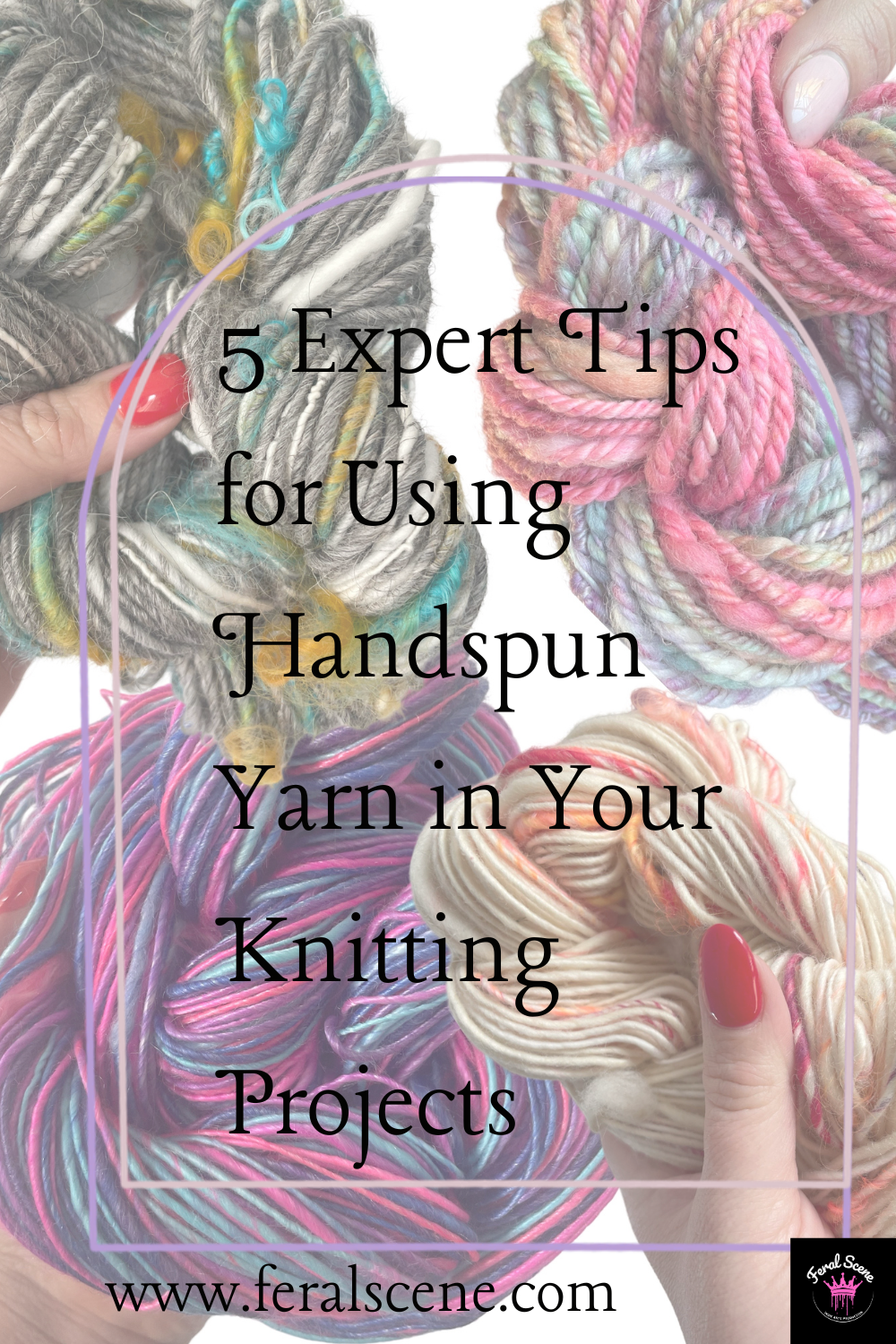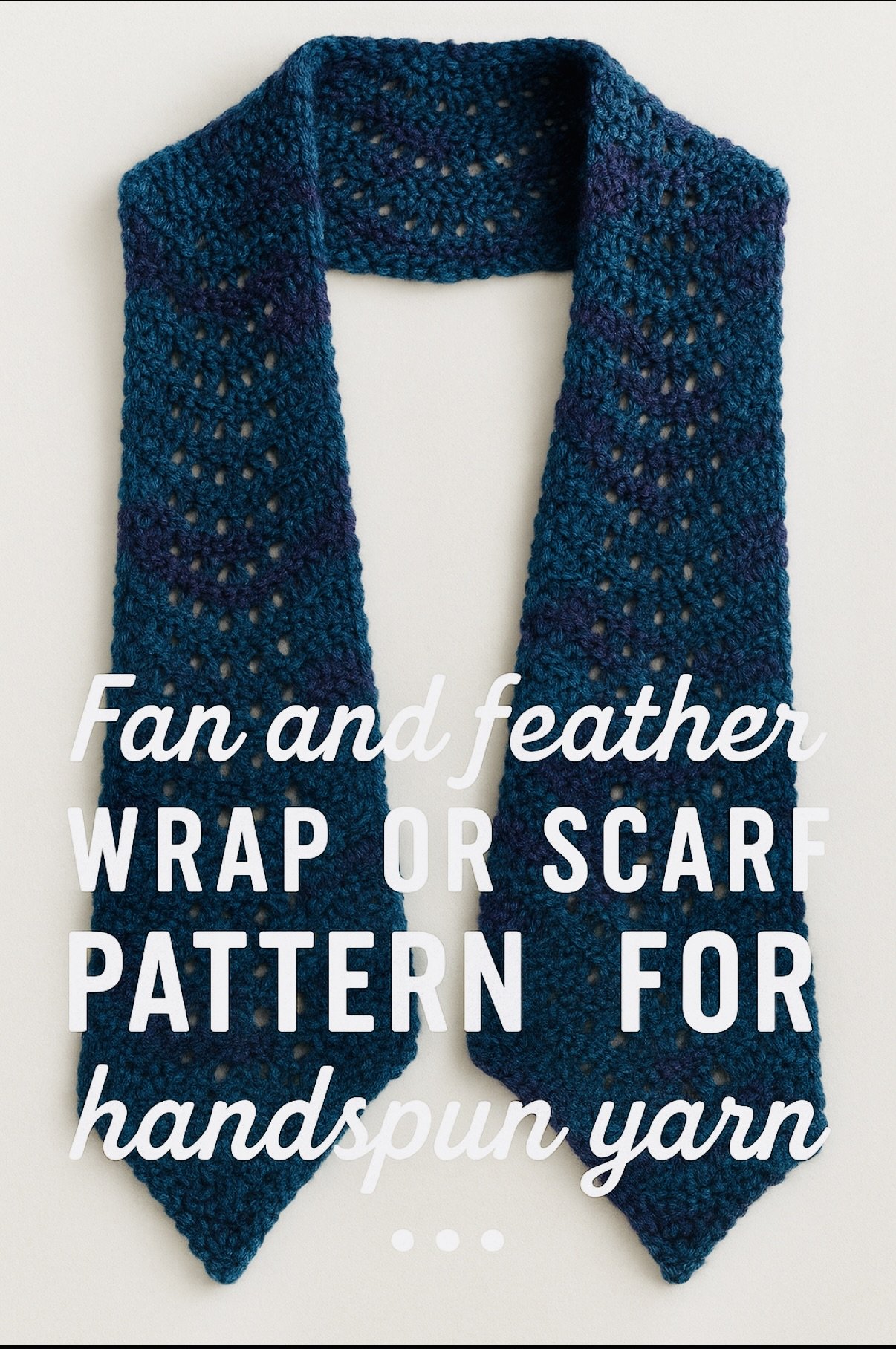5 Expert Tips for Using Handspun Yarn in Your Knitting Projects
I love knitting with handspun yarn. Each peice is uniquie and the yarn just has a denser squishier feel to it than most commercial yarn you can find. I also feel that most people who enjoy knitting with hand spun yarn are looking for a one of a kind item that may not follow a pattern to the letter. Here are some tips I have developed for pattern adaptation or selection while working with different types of handspan yarn.
Slight range in gage, I would say most of my yarns fall somewhere between Worsted an heavy worsted. even yarns that aren't the extreme "thick and thin" art yarn varieties do tend to vary slightly in gage especially if they re single ply. I find that this lets me attempt a wider variety of patterns. This comes into play if I'm using a pattern search engine such as Revelry to find a pattern. if I'm thinking about a pattern that calls for worsted weight and I think my handspan may be slightly on the heavy worsted side I will accommodate by casting on a few less stitches. Of course make sure if you are increasing or decreasing the number of stitches that it is done in even numbers and that it won't effect a more complicated cable or color aspect.
Drape of final fabric. Same as with commercial yarns if you are using a yarn with silk, flax or cotton it's going to have a more relaxed drape than something that has a sparingly quality such as wool. Some handspun especially two ply may be stiffer than commercial weight yarns. This would be great for something like a hat or bag or accessory with a definite shape and back bone but might be detrimental if you wanting the final outcome to have a certain hang to it. I have found this to be less the case for single ply handspun or yarn made of of the above mentioned fibers.
Don't be scared of single ply handspan. I happen to love single ply yarn it is especially handy with handspan because you can make the most of a costly fiber by getting double the yardage. I find that you shouldn't judge it from how it looks as a ball. the yarn may appear to vary in gage but I find that as it knits into a fabric it looks much more uniform while still retaining a rustic charm that is the hallmark of handspan yarn. After all if you wanted it to look just like something you could pick up at any store why would you be going through the trouble and expense or using handspan yarn.
Mix it with commercial yarn. If you find a skein of handspan yarn that is truly one of a kind and absolutely have to have it for you stash don't be dismayed. Find a commercially spun yarn of similar weight and texture and use the handspan as an accent, trim or color blocking element. This is cost effective and really showcases your unique yarn find.
Most of all just enjoy the knitting experience. It's not that often that you get to make something for our self out of yarn that once a pile of fluff not that long ago. You can't expect it to behave or turn out like something mass produced. You can make it at challenging or as simple as you want. I find with handspun sometimes the most simple of patterns can be the most gratifying because they are the simplest.
Check out the viddeo COMPANION to this Blog below. If you enjoy please like and SUBSCRIBE to our YouTube channel it helps us CONTINUE to support small farms and fiber arts.
Get more free patterns here
Find free hand spun yarn project inspiration and patterns below.







